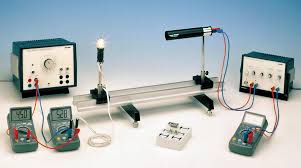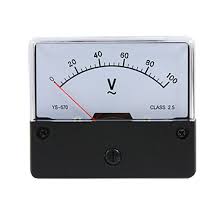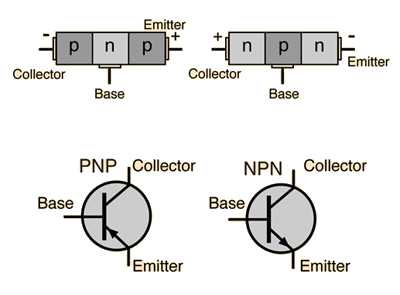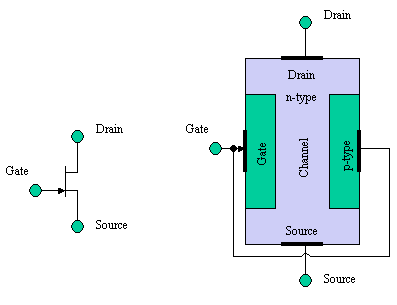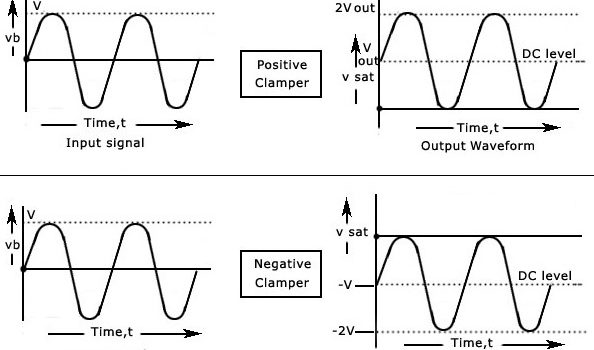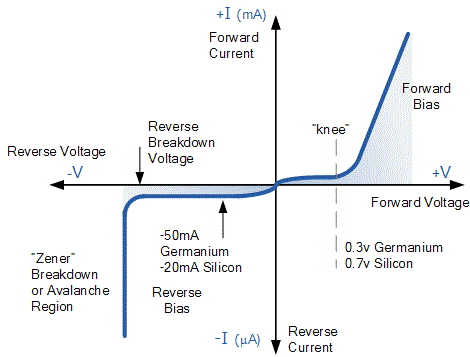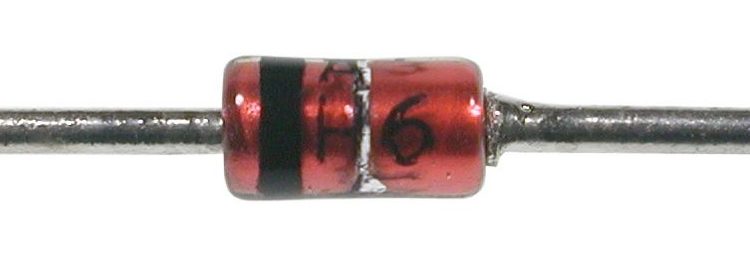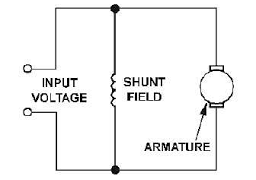Stefan’s law states that the energy radiated per second by unit area of a black body at thermodynamic temperature T is directly proportional to T4. The constant of proportionality is the Stefan constant, equal to 5.670400× 10–8 Wm–2 K–4. This practical will
To verify the Stefan’s law by Electrical method – Physics Practical
